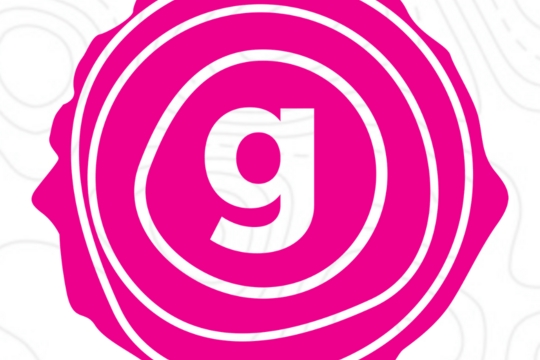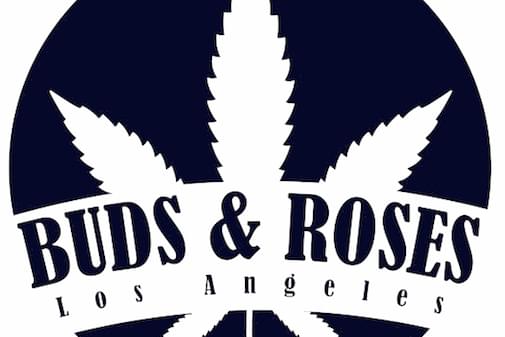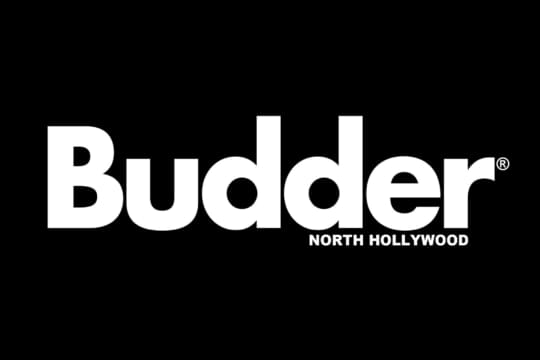
The History of the Marijuana Joint
Published on 5/2/21
The use of hemp as a cheap and renewable source of rope, textiles and bowstrings has been in practice for hundreds of years. Humans have also been appreciating the unique intoxicating effects of cannabis for almost as long. The first recorded use of weed comes from thousands of years ago in China and Central Asia. We don't know who was the first person to smoke weed, but in 2700 BC the Chinese emperor Shen-Nung (known as the Father of Chinese Medicine) first documented the odd sensations he got after ingesting cannabis. The Emperor did not document how he consumed his weed, but evidence from around the same period supports the theory that wooden braziers, small raised boxes or bowls, were used to burn cannabis for rituals and ceremonies. According to archaeologists, the cannabis appears to have been burned in an enclosed space that allowed those lucky enough to be present to inhale fumes filled with tetrahydrocannabinol (THC).
Progression of Cannabis Inhalation
 Unsplash
UnsplashPipes of all shapes and sizes slowly developed across much of the globe as the preferred method for smoking tobacco, cannabis and opium. In the 1700s, however, amongst a tobacco boom in Europe, the rise of cigar use in Spain prompted those who could not afford the huge cigars preferred by the ruling class to grab the remnants of smoked cigars found on the street and re-roll the tobacco in a newspaper. Keen entrepreneurs noticed this trend and set about making the first rolling papers. Those papers were quickly followed by the first cigarettes.
Fast forward to Mexico in 1856 and the history of marijuana use changed significantly when a pharmacist from the University of Guadalajara reported in the Mexican Academy of Pharmacy public pharmacopeia that field laborers were adding cannabis to their tobacco cigarettes. The first joint had been documentedalmost.
Weed Cigarettes
It turns out that in today's parlance what the field workers were really smoking was a spliff. The spliff meaning is when someone mixes tobacco and cannabis rolled together in a cigarette. The first commercially sold spliff in the U.S. was manufactured by Grimault & Co. of Paris, France. Grimault's Indian Cigarettes were marketed medicinally to alleviate respiratory issues like asthma. The cigarettes looked similar to modern versions; they were about the same size and had paper filters. Inside, things were quite different. Grimaults contained a mixture of tobacco and cannabis with the additional additives datura and belladonna, both of which are poisonous and known hallucinogens. Toss in a bit of potassium nitrate and the theory was that the potent mix would help relax the bronchial tubes and ease breathing. Counterintuitive? It would seem so, but the Parisians were onto something. Cannabis use (even when inhaled) would eventually be proven to have beneficial effects for asthma sufferers.
What is a Joint?
 Unsplash
UnsplashLet's get back to the matter at hand. A joint is cannabis that is rolled in a paper that contains no additional components. Joints really began to get a foothold in the U.S. in the 1920s when jazz musicians in New Orleans like Louis Armstrong turned to cannabis to enhance their creativity and, unlike alcohol, allow them to play sessions deep into the night. During the years of prohibition (1920-1933), alcohol was often difficult to obtain and in a port city like New Orleans, weed from Jamaica and Mexico eased into the speakeasies and underground clubs where patrons would enjoy both joints and cigarettes. The joints of the time rarely had filters and varied in size depending on the amount of marijuana that was available. The marijuana cigarettes puffed in New Orleans quickly made their way to the other jazz centers of the country like Kansas City, St. Louis, San Francisco, Philadelphia and New York.
Joints After Prohibition
Not long after alcohol prohibition ended in 1933, the federal government passed the Marihuana Tax Act of 1937. This made access to cannabis difficult and imposed the first penalties in what would eventually become the country's disastrous War on Drugs. By the time the 1960s rolled around, hippies and adherents to the counterculture embraced cannabis use and the smoking of joints as a way to peacefully protest and affect societal change in the United States. Joints were meant to be shared in a group and the inevitable result was larger joints that could satisfy all of the brothers and sisters in the circle of love.
Joints also proved to be popular with U.S. soldiers looking for something to help them endure the horrors of the Vietnam Conflict in the 1960s and 70s. Joints could be discreetly mixed in cigarette packaging and easily carried from location to location. Unlike their friends back home, the soldiers also had unprecedented freedom to experiment and consume; oversight regarding alcohol, opiates and marijuana from commanding officers was rare.
By the late 1980s and early 90s, the blunt vs. joint question began to creep into U.S. pop culture, primarily thanks to music, music videos and films. Blunts are cigars that have had the tobacco removed and replaced by weed. The tobacco wrapping coupled with the marijuana inside provides a unique high as the THC and nicotine mix. Joints took a back seat to the new smoking phenomenon for a few years, but their popularity returned in earnest as states began to legalize cannabis and pre-rolls began to hit the shelves of dispensaries across the country. Joints now come in various shapes and sizes and can be rolled in styles like cones, tulip and oversized. You can even find joints rolled with cannabis oil, rolled in kief or rolled solely with moon rocks.
Why is a Joint Called a Joint?
 Unsplash
UnsplashWhat's the origin of the term, then? How did these weed cigarettes get that name? As with the etymology of most slang terms, there is no consensus. The most plausible explanation begins with the French word, "rejointe, "which means, "joined." This term eventually showed up in the U.S. in the early 1800s as "joinery, "or a part of a building. Soon, the word "joint" began to simply mean a building or a place, then later became known more specifically for betting parlors and opium dens. Eventually, by 1920 it was a general word for what heroin addicts used for their hypodermic setup. "Joint" later evolved to either refer to the joining of the paper that surrounds the cannabis, a term for prison or enjoying a marijuana cigarette. In the present day, even as technology and innovation expand and alter the manners of cannabis consumption, the joint justifiably remains the iconic manner to enjoy marijuana and remains synonymous with cannabis consumption and cannabis culture.
Do you enjoy smoking joints? Do you roll them yourself or purchase pre-rolls? What type of joints do you specifically enjoy? Let us know in the comments section below.


















